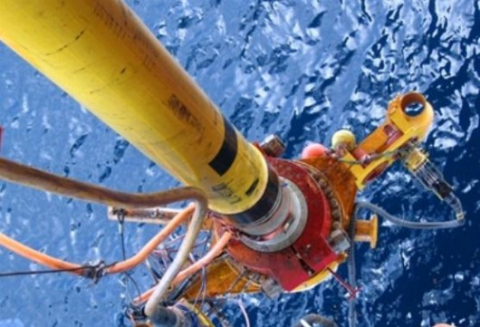The project AEROFLEX is funded by an ERC Starting Grant (2014) and led by Olivier Marquet, research scientist at ONERA.
Aeroelastic instabilities are at the origin of large deformations of structures and are limiting the capacities of products in various industrial branches such as aeronautics, marine industry, or wind electricity production. If suppressing aeroelastic instabilities is an ultimate goal, a paradigm shift in the technological development is to take advantage of these instabilities to achieve others objectives, as reducing the drag of these flexible structures. The ground-breaking challenges addressed in this project are to design new theoretical methodologies for (i) describing mathematically aeroelastic instabilities, (ii) suppressing them and (iii) using them to reduce mean drag of structures at a low energetic cost. To that aim, two types of aeroelastic phenomena will be specifically studied: the flutter, which arises as a result of an unstable coupling instability between two stable dynamics, that of the structures and that the flow, and vortex-induced vibrations which appear when the fluid dynamics is unstable. An aeroelastic global stability analysis will be first developed and applied to problems of increasing complexity, starting from two-dimensional free-vibrating rigid structures and progressing towards three-dimensional free-deforming elastic structures. The control of these aeroelastic instabilities will be then addressed with two different objectives: their suppression or their use for flow control. A theoretical passive control methodology will be established for suppressing linear aeroelastic instabilities, and extended to high Reynolds number flows and experimental configurations. New perturbation methods for solving strongly nonlinear problems and adjoint-based control algorithm will allow to use these aeroelastic instabilities for drag reduction. This project will allow innovative control solutions to emerge, not only in flutter or vortex-induced vibrations problems, but also in a much broader class of fluid-structure problems.



